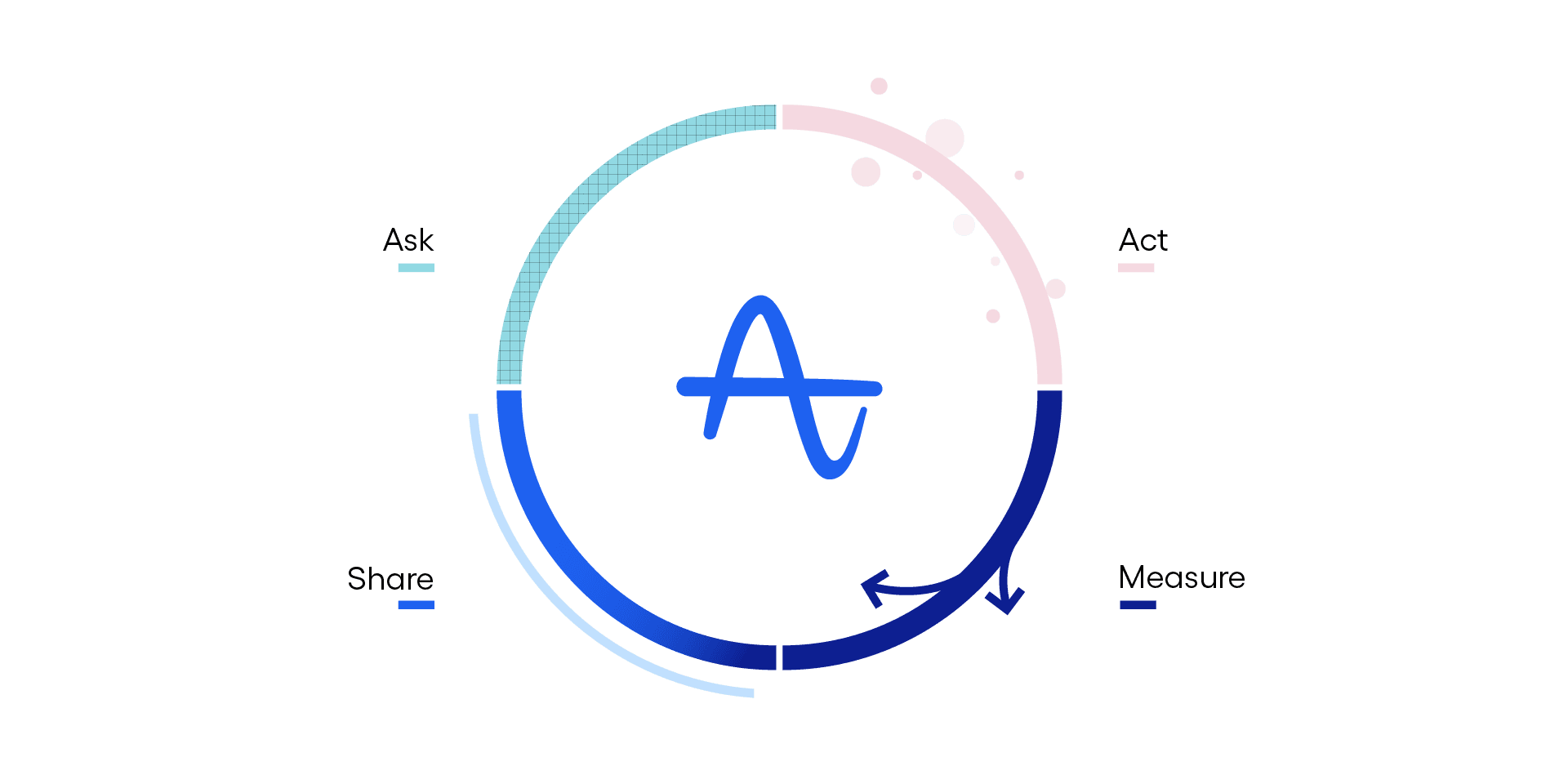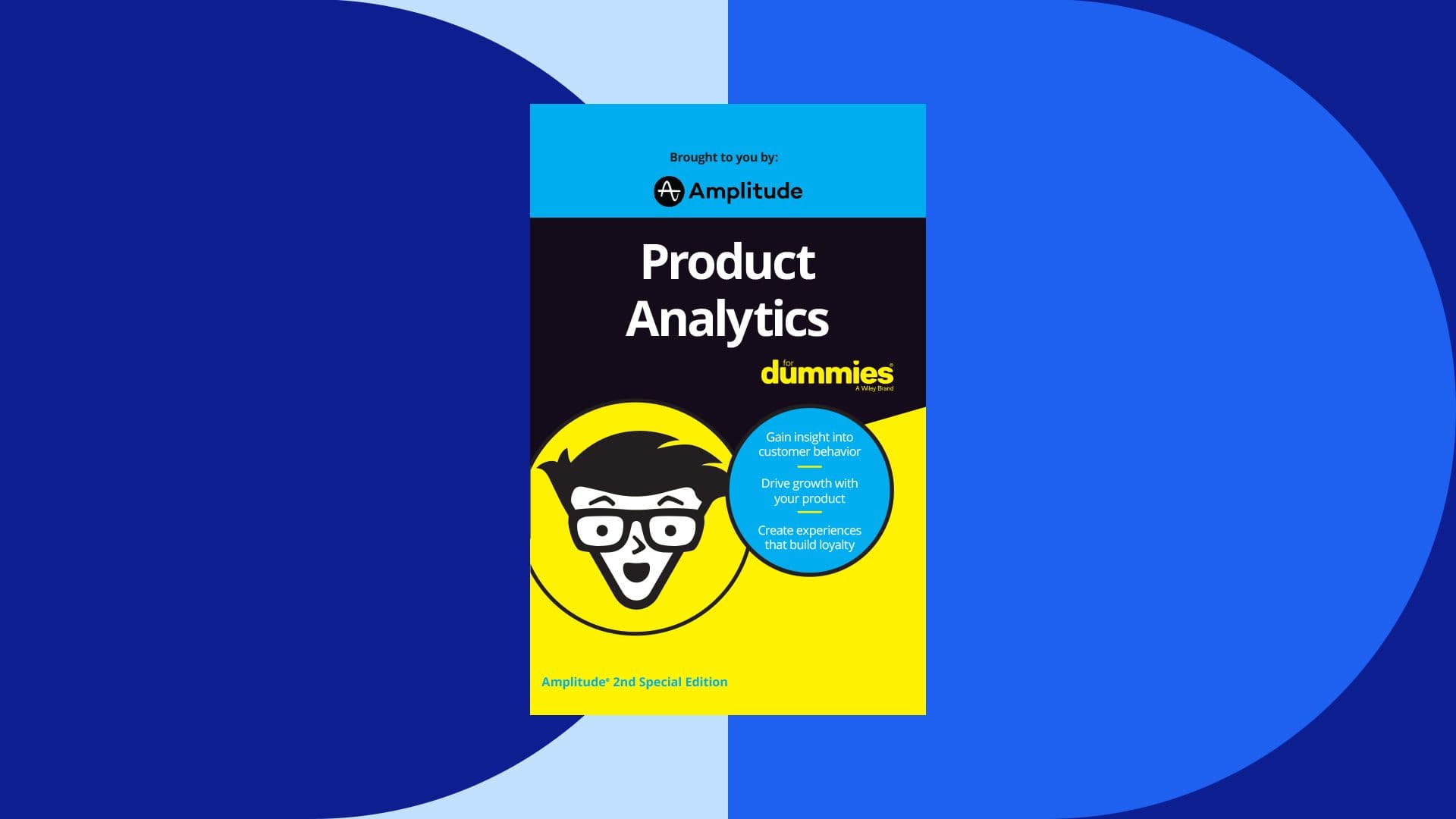Product Analytics for Dummies: A Beginner’s Guide to Getting Started
Learn the fundamentals of product analytics in our new quick-start Dummies guide.
Businesses make big bets on their products every day to accelerate acquisition, retention, and monetization. Those who succeed typically have one thing in common: a data-driven approach to product development with product analytics at its core.
What is product analytics?
Product analytics is a process for understanding how customers engage with digital products by tracking, visualizing, and analyzing real-time behavioral data. It’s a framework to help you put customers at the core of your businesses by identifying opportunities to better meet their needs and improve the digital experience. And that translates into the sort of customer loyalty that has a direct business impact.
To help you get started, we partnered with Wiley Books to create Product Analytics For Dummies—a quick-start guide for product analytics. This blog post introduces key ideas from the guide, including the fundamental steps to getting product analytics right and creating value for your customers.
Get your copy of Product Analytics For Dummies, Amplitude 2nd Special Edition.
Building a strong data foundation
Data management, or how you plan for and organize behavioral data, is fundamental to product analytics. Good data management ensures the right data is available to the right people in the right places.
Before anything else, choose which data to track with event-based analytics. Avoid unnecessary risks by focusing on the data that matters most. Next, identify your product’s data sources and use pipelines to funnel that data into your product analytics tool.

Example events, event properties, and user properties in event-based analytics
Product analytics in action: Kahoot!
Oslo-based gaming platform Kahoot! was a startup when it began using Amplitude. As it grew, it steadily scaled its implementation; today, more than half its nearly 200 employees are active Amplitude users. Key to its success? “You need to put in the effort upfront on data governance,” says Martí Colominas, former head of data at Kahoot!
The organization began by setting clear naming conventions, making unnecessary information invisible to the end user, and considering which properties had different values and needed to be merged. Taking those steps ensured Kahoot! could trust its analytics data.
“It’s not flashy, but it’s so critical because it’s the foundation of any future data work you do,” says Martí. “So many companies want to skip ahead to the data insights, but if you don’t have good quality data—as well as data governance—the insights aren’t as useful.”
Ask the right questions
Product analytics is a powerful tool—but it’s only useful if you know what questions to ask. One of the first steps to figuring that out is creating a map of your customer journey, from acquisition to monetization. This will help your team focus on the moments in that journey you want to better understand.

A typical customer journey from acquisition to monetization
Product analytics in action: Glossier
At Glossier, every conversation begins with one question: What does the customer want? “We’re hyper-focused on helping our customers find joy in their personal style, however that looks,” says Faith Bindernagel, the beauty brand’s former product analytics lead. “Ultimately, it’s about optimizing our space on the internet to make a more fulfilling customer experience.”
Glossier accomplishes this by using Amplitude to analyze how customers navigate to the site and what they do once they get there. For sales, that often means drilling into the most-viewed products and the channels that bring customers to them to improve communication efforts. For ecommerce and engineering teams, it’s examining how users interact with new features to better understand what delights customers. “We rely on data and insights from Amplitude to understand those customer journeys and the kinds of experiences customers want,” Faith adds.
Understand what metrics to track
Product metrics show you how users interact with your product. Your team can use these metrics to better understand what users find helpful, what keeps users coming back, and the best way to take users on a successful journey to becoming loyal customers. Tracking these metrics helps you monitor your business to make informed adjustments and continue to grow.

A customer journey with example metrics for each stage
Product analytics in action: Under Armor
After acquiring popular apps like MapMyRun and MyFitnessPal, Under Armour Connected Fitness became the leading digital fitness company. Eager to see how these new mobile offerings helped users meet their fitness goals, Under Armour turned to Amplitude.
Among its first questions: testing Form Coaching Tips, a feature designed to inspire MapMyRun users to log more weekly runs. The feature takes aim at poor form, which can cause injury and pain, keeping runners off the road. Using Amplitude’s Cohort, Segmentation, and Retention analyses, Under Armour saw the feature boost day-seven retention metrics by 30%.
“This was something that really lifted retention for us, and that equates to dollars for us because the more users we have using our app, the more money we’re making,” Kaiti Carpenter, former Under Armour senior product manager, says.
Cultivate a culture of learning and collaboration
Self-service product analytics enables teams to follow their curiosity, empowering them to conduct exploratory analysis and experimentation. These platforms can also promote collaboration by making it easy for teams to share their insights, inspiring others to conduct their own analyses. And since the entire organization can access the same data, teams are naturally aligned around the same metrics and goals.

A learning loop can help build a more collaborative culture.
Amplitude in action: FINN.no
FINN, Norway’s leading online marketplace for everything from secondhand goods to cars, had long employed analytics tools. The problem: Non-technical teams struggled to use them, putting data-driven insights out of reach for many.
FINN found its solution in Amplitude, which Linn Tove Vindsnes, insight director at FINN, describes as “more than just an analytics platform—it’s a learning hub. . . . Its easy adoption means analytics is part of everyone’s process.”
Unlock the power of product analytics
Product analytics is the key to creating products and experiences customers crave. Learn more in Product Analytics For Dummies, Amplitude 2nd Special Edition, published by Wiley Books. Like its popular predecessor, this fast-reading resource unpacks the fundamentals of product analytics and offers practical steps for getting started.

Nikhil Gangaraju
Director, Product Marketing, Amplitude
Nikhil is a product marketer at Amplitude focusing on Amplitude Analytics and works with teams to advance our mission to help companies build better products.
More from Nikhil




